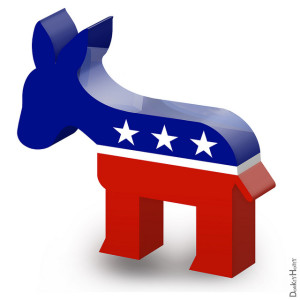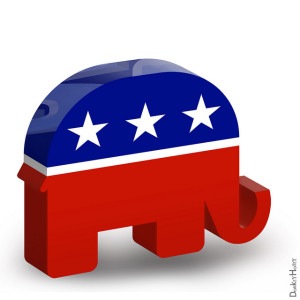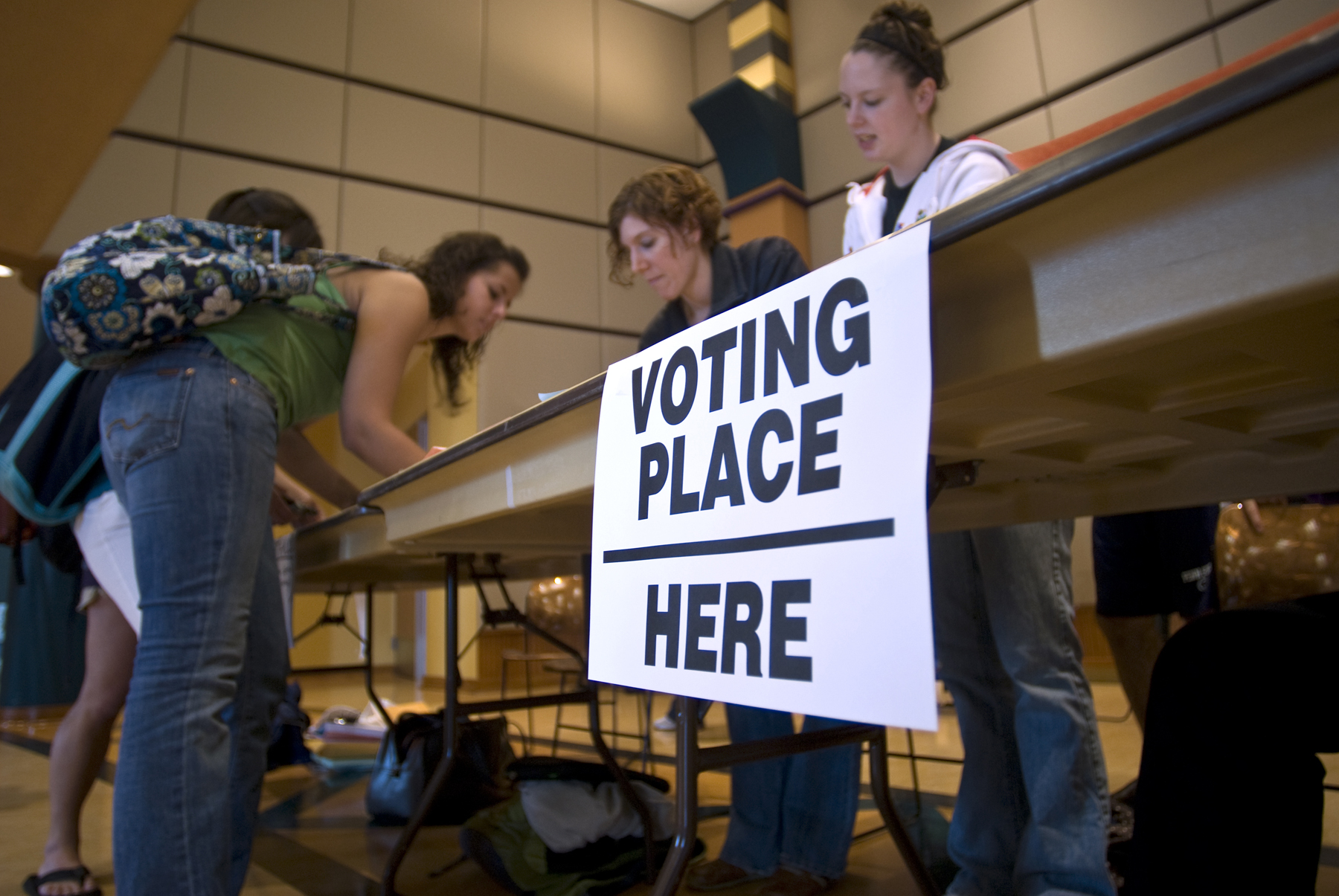Robert Speel | Associate Professor of Political Science at Penn State Behrend
Because this will be the first time since 1980 that Pennsylvania’s Republican presidential primary will matter, many have noticed the unusual way in which Pennsylvania Republican voters choose delegates to the national convention.
Sending officially uncommitted delegates to the national convention wasn’t a significant issue with Pennsylvania’s Republican primary in recent decades, simply because by the time Pennsylvanians voted ever since 1984, the Republican presidential nomination was largely uncontested.
This month will also be only the second time that Pennsylvania’s Democratic presidential primary has been seriously contested since 1984. The previous exception was in 2008, when candidates and political observers from around the country focused on a six-week period when no other state held a primary or caucus before the contested Pennsylvania primary between Hillary Clinton and Barack Obama.
Democratic presidential nominations
Democratic presidential primaries work roughly the same way in every state. Delegates to the national convention are chosen for each candidate proportional to the candidate’s share of the statewide vote or the vote in a congressional district, as long as the candidate receives at least 15 percent of the vote. Any candidate with under 15 percent of the vote receives no delegates.
For example, Pennsylvania will distribute 62 delegates on April 26 to Hillary Clinton or Bernie Sanders based on their share of the statewide vote; 127 more delegates are divided between the state’s 18 congressional districts, and those delegates will be distributed based on each candidate’s share of the vote in each district.
Democratic caucus states follow more complicated rules that can involve local precinct meetings and district, county and state conventions, but all involve a proportional selection rule, where candidates get awarded delegates based on the candidate’s share of the vote, if it is at least 15 percent.
In addition, Democrats allow many elected officials to serve as unpledged “superdelegates” to the national convention, including all current Democratic members of Congress, all current Democratic governors and all current and former Democratic presidents and vice presidents, including Jimmy Carter, Walter Mondale, Al Gore, President Obama, Vice President Biden and Bill Clinton, who will be able to vote for his wife. Pennsylvania superdelegates will include Governor Tom Wolf and Sen. Bob Casey.
Democrats have another delegate selection rule, too, in which each state’s pledged delegates must be half female, half male.
Republican presidential nominations
Republicans allow states a wide variation in how delegates are chosen to the national convention. The only restriction is that states who hold presidential preference votes must connect voter preferences to the delegate selection process in some way.
Prior to this year, many Republican caucus states would hold presidential preference votes, but then choose convention delegates in a separate process. This allowed presidential candidate Ron Paul in 2012 to gain the most delegates from three states in which voters had cast the most votes for Mitt Romney or Rick Santorum.
Because of this year’s new Republican party rules requiring states to connect voter preferences for president to the delegate selection process, three caucus states — Colorado, Wyoming and North Dakota — actually abolished any Republican vote for president and have instead held state conventions to choose delegates, who will mostly be supporting Ted Cruz at the July convention in Cleveland.
In 1980 — Pennsylvania’s last Republican presidential primary that mattered — candidate Ronald Reagan was leading the delegate count when Pennsylvanians voted on April 22, but George H.W. Bush was still contesting the nomination. Bush beat Reagan in Pennsylvania, one of only six states he won that year. Pennsylvania’s Republican primary almost mattered in 2012, but home state candidate Rick Santorum dropped out of the race two weeks before Pennsylvanians voted, essentially leaving Mitt Romney without serious opposition for the presidential nomination.
Some Republican presidential primary states allocate delegates similar to the Democratic model with each candidate getting a share of delegates roughly equal to the share of votes a candidate wins statewide or in a congressional district. Many other Republican states use a winner-take all system for delegates, where a Republican candidate who finishes first statewide wins all of the state’s delegates (Ohio, Florida), or the winner of each congressional district wins three delegates per district won (California).
Unpledged delegates
But in two states — Illinois and Pennsylvania — Republican voters elect most delegates directly. In those two states, a small number of convention delegates (17 in Pennsylvania) are awarded to whichever presidential candidate gets the most votes statewide. Then, in each state, voters elect three delegate candidates directly from each of 18 congressional districts (totaling 54). The delegate candidates do not necessarily support whoever won that district’s vote for president.
In Illinois, delegate candidate names on the ballot are listed next to the presidential candidate the potential delegates support, so Donald Trump supporters, for example, could vote for delegate candidates who are pledged to Trump, and Ted Cruz supporters could vote for delegate candidates pledged to Cruz.
But in Pennsylvania, the district delegate candidates have no such pledges listed on the ballot, and voters will usually have no idea which presidential candidates the delegate candidates support. Pennsylvania has the only Republican presidential primary structured in such a way, potentially making the 54 delegates from Pennsylvania the largest bloc of officially unpledged delegates at the July national convention.
In such a situation when Republican voters don’t know which presidential candidate the delegates might support, voters often use cues such as name recognition or even the perceived ethnicity of a last name in order to decide how to vote for delegates.
Is Pennsylvania late to the game?
Finally, some may wonder why Pennsylvania holds such a late primary, a month or two after most other states have voted, and in most years, after both parties’ presidential nomination processes are essentially over.
A majority of states, including New York, Florida and Massachusetts, hold separate primary elections for president and for non-presidential offices, giving those states at least three elections in every presidential election year.
Pennsylvania legislators have not wanted to do so, since more elections would cost more money, create more work for election officials and cause more responsibilities for voters. Simultaneously, Pennsylvania legislators have been reluctant to move the state presidential primary earlier, since that would require signature gathering for non-presidential offices to take place during the previous year’s holiday season.
Given that the Pennsylvania primary still matters in both parties’ nomination processes this year, for the first time since 1980, there likely will not be a strong incentive to move the primary date to earlier in the season before the next round of presidential primaries begin.





